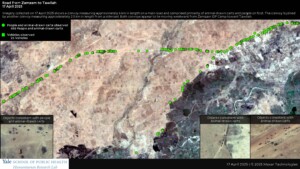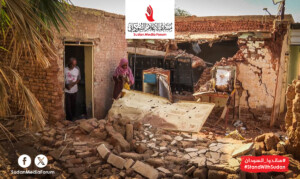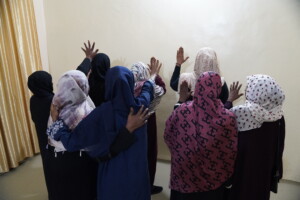High child mortality reported in Sudan’s Blue Nile state
Five children have reportedly died in Blue Nile state within a week, where hospitals are overcrowded with patients.
 A medical ward in Blue Nile, Sudan, where patients with cholera receive treatment (RD, 2017)
A medical ward in Blue Nile, Sudan, where patients with cholera receive treatment (RD, 2017)
Five children have reportedly died in Blue Nile state within a week, where hospitals are overcrowded with patients.
Medical statistics from the two hospitals in Ed Damazin and El Roseires also claim that 1,400 people a day present themselves for treatment.
The minister of health of Blue Nile state, Abdelrahman Bilal, said that the figures for mortality rate of children show 90 deaths out of 1,000 cases. He did not report which disease the children suffer from.
Bilal attributed the high child mortality rate to the lack of a children’s hospital in the state.
‘Acute watery diarrhoea’
In May and June, cases of ‘acute watery diarrhoea’ were admitted to Ed Damazin Hospital. Sources said that the cases emerged after a week of heavy rainfall and that there has been a move by Ed Damazin health authorities to combat the disease.
Blue Nile state was the first Sudanese state in August 2016 to report cases of a disease suspected to be cholera. In spite of numerous independent confirmations (conducted according to World Health Organization standards) that the disease which broke out was indeed cholera, the Sudanese authorities and several international organisations have persistently referred to it as ‘acute watery diarrhoea’.
The unwillingness of Khartoum to declare the epidemic severely affected national and international efforts to provide proper treatment and protection.
The WHO and the Sudanese Ministry of Health reported in mid-October 2017 that the nationwide number of recorded cases reached more than 35,000 people – including 800 related deaths. Doctors of Sudan’s National Epidemiological Corporation reported in early July however, that nearly 24,000 Sudanese had been infected and 940 cholera patients died.
Read how Radio Dabanga has reported on the cholera outbreak in 2016 and 2017 here











 and then
and then